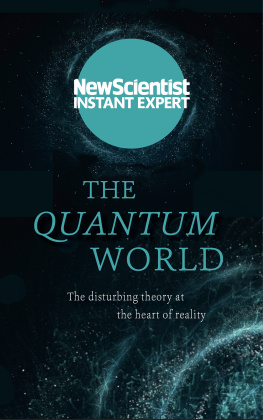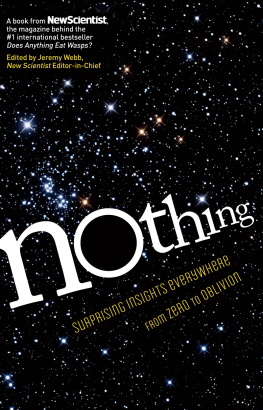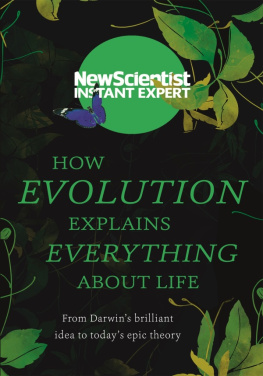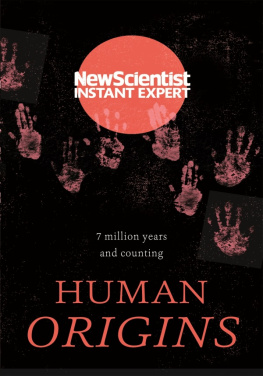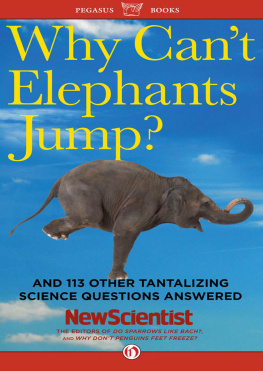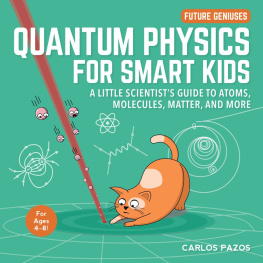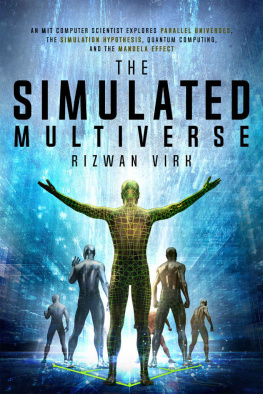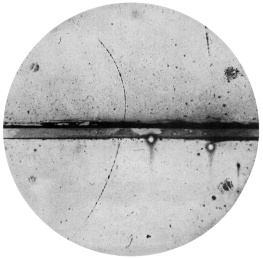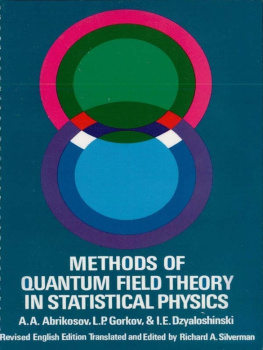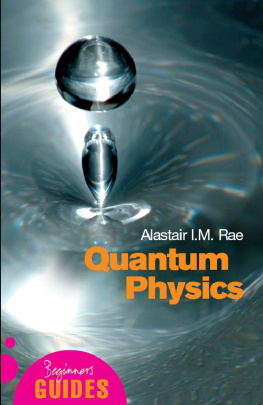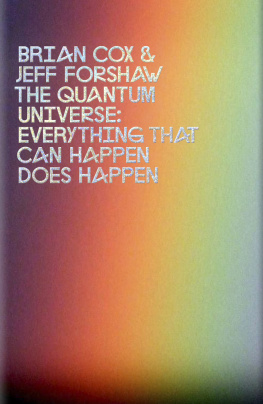The Quantum World
The disturbing theory at the heart of reality
NEW SCIENTIST
www.nicholasbrealey.com
Contents
Series introduction
New Scientists Instant Expert books shine light on the subjects that we all wish we knew more about: topics that challenge, engage enquiring minds and open up a deeper understanding of the world around us. Instant Expert books are definitive and accessible entry points for curious readers who want to know how things work and why. Look out for the other titles in the series:
Scheduled for publication in spring 2017:
The End of Money
How Your Brain Works
Where the Universe Came From
Scheduled for publication in autumn 2017:
How Evolution Explains Everything about Life
Machines That Think
Why the Universe Exists
Your Conscious Mind
Contributors
Editor-in-chief: Alison George, Instant Expert editor for New Scientist.
This book is based on talks at the New Scientist masterclass The quantum world and articles previously published in New Scientist, together with specially commissioned content.
Academic contributors
Hugo Cable is a senior research associate at the University of Bristol, UK, where he researches quantum computation and quantum sensors. He co-wrote the section Noise: the key to quantum technologies in .
Johnjoe McFadden is a professor of molecular genetics at the University of Surrey, UK. He is one of the pioneers in the emerging field of quantum biology. He wrote the section Has life harnessed the power of quantum mechanics? in .
Kavan Modi is a lecturer at Monash University, Melbourne, Australia, who focuses on quantum information theory. He co-wrote the section Noise: the key to quantum technologies in .
David Tong is a professor of theoretical physics at the University of Cambridge, where he works on quantum field theory and gravity. He wrote the section The question of quantum gravity in .
Vlatko Vedral is a professor of quantum information science at the University of Oxford and the National University of Singapore. He wrote How the quantum world was uncovered in .
Thanks also to the following writers and editors:
Peter Aldhous, Gilead Amit, Anil Ananthaswamy, Jacob Aron, Stephen Battersby, Celeste Biever, Michael Brooks, Amanda Gefter, Lisa Grossman, Douglas Heaven, Rowan Hooper, Valerie Jamieson, Richard Webb.
Introduction
Can nature possibly be so absurd as it seemed to us in these atomic experiments?
This is the question that physicist Werner Heisenberg discussed late into the night with his mentor Niels Bohr during the 1920s, when they were writing the rulebook for a whole new way of understanding the world.
The quantum world they were uncovering is seriously bizarre: it is a world where things can exist in two places at once and become inexplicably linked, no matter how far apart they are. In the realm of atoms, electron and particles of light, objects seem to change their behaviour when they are being watched. Surely this couldnt be real, pondered Heisenberg.
Today, after almost a century of intense research, we know the answer to Heisenbergs question. In the microscopic world of atoms and their constituents, our common-sense understanding of reality breaks down and different rules apply. Quantum mechanics has never failed an experimental test.
In this New Scientist Instant Expert guide we take you on a tour of this weird world and the fascinating characters who uncovered it. They include Albert Einstein, who hated the idea of the spooky action at a distance of quantum mechanics, and Erwin Schrdinger, who devised his famous cat thought experiment to demonstrate the absurdity of this bizarre place.
What does this all mean? Do things only become real when they are observed? Are new universes spawned every time we make a measurement? What does this mean for the bedrock of reality?
As well as these mind-bending questions, quantum mechanics has given us many practical technologies: lasers, nuclear reactors and the transistors that underlie computers and all digital technology. In the future, it promises much more: computers more powerful than any built before, the ability to communicate with absolute privacy, and even quantum teleportation.
This guide also explores the role quantum mechanics plays in biology. Has evolution taken advantage of quantum weirdness in designing the biochemistry of life, from birds navigation systems to the photosynthesis of plants?
Ideas from quantum mechanics are even beginning to percolate out into the vast scale of the cosmos. Many physicists think that combining it with Einsteins general theory of relativity will reveal a new understanding of the Big Bang and the nature of space and time.
This guide gathers together the thoughts of leading physicists and the best of New Scientist magazine to bring you up to date with the past, present and future of the quantum world, its applications and intriguing implications.
Alison George, Editor-in-Chief, Instant Expert guides
Welcome to the weird
The discovery of the quantum world was kick-started by what its originator called an act of desperation at the end of the nineteenth century. This chapter describes how this new field of physics arose and developed.
How the quantum world was uncovered
As a young student, the German physicist Max Planck (18581947) had been told by his university professor that, in physics, almost everything is already discovered and all that remains is to fill a few holes. When, in his forties, Planck (see ) decided to tackle one of these minor problems, in the process he inadvertently gave rise to a revolutionary new field of physics.
The problem that Planck investigated was the radiation released by a black body a perfect absorber and radiator of energy that defied explanation by the existing laws of physics (see The laws of classical physics below). No matter how hot they became, black bodies emitted almost no ultraviolet light.
FIGURE 1.1 Max Planck, the originator of quantum theory, which revolutionized our understanding of atomic and subatomic processes
In 1900 Planck announced his solution to this ultraviolet catastrophe: instead of being continuous, energy comes in discrete little packages, which he called quanta. But Planck had no idea why energy should be like this which is why he called his solution an act of desperation. He had no experimental proof, just a mathematical formula. No one, least of all Planck, appreciated what a radical discovery it was.
That began to change when, five years later, a 25-year-old unknown called Albert Einstein (18791955) (see ) proposed an even more revolutionary idea. He was working on the photoelectric effect, the phenomenon whereby electrons are released from metals by certain frequencies of light, regardless of the lights intensity. He argued that, if energy could be transmitted in discrete packets, then so, too, could light. He proposed that light, rather than being a continuous wave, is made up of a stream of little atoms called photons. Although he is best known for his theory of relativity, Einstein called his 1905 paper in which he proposed the concept of a photon his only revolutionary one.



